
Lattice Field Theory
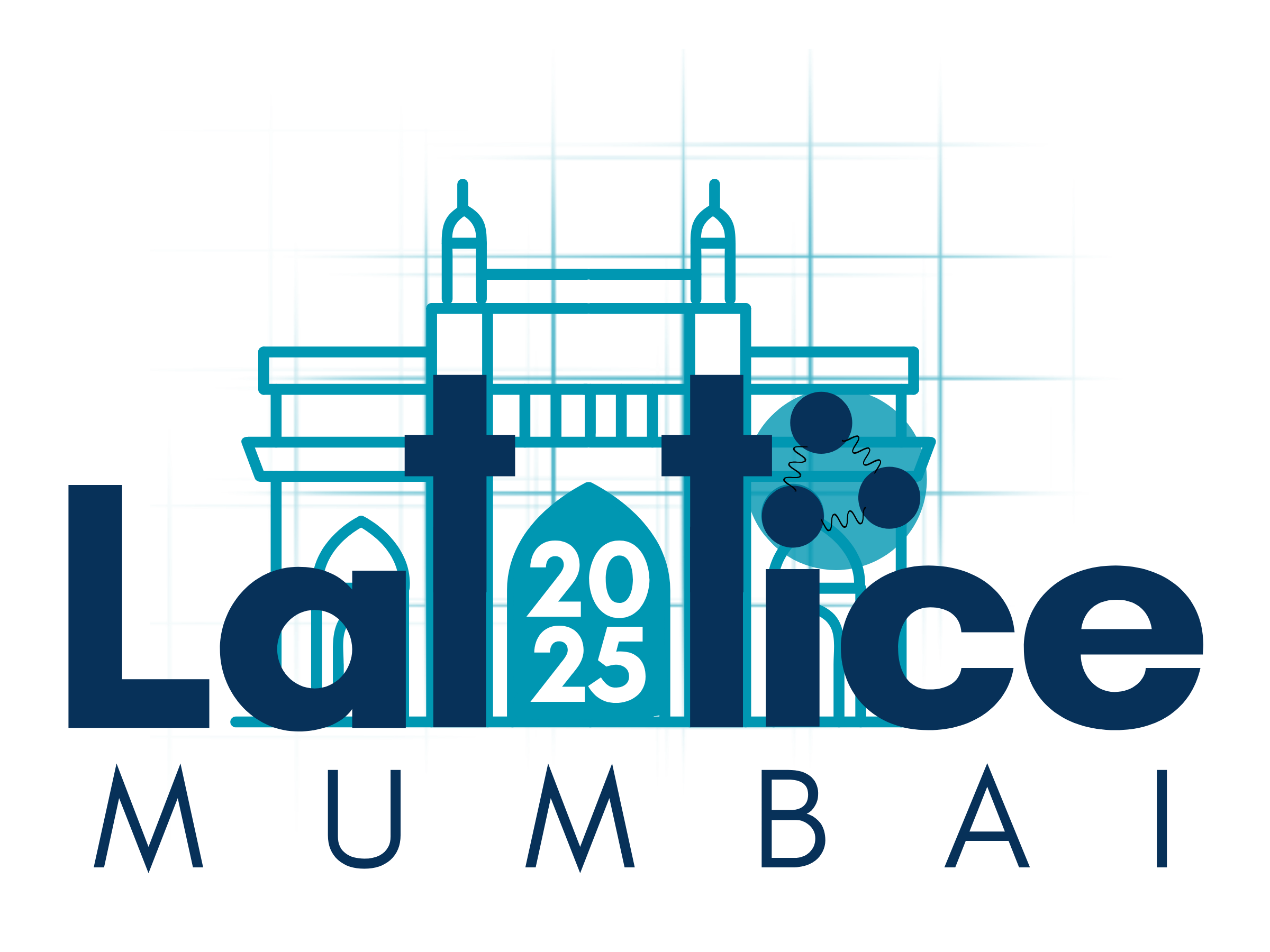
The International Symposium on Lattice Field Theory is an annual conference that attracts scientists from around the world. The 42nd edition--Lattice 2025--was held at the Tata Institute of Fundamental Research (TIFR), Mumbai, India, November 2-8, 2025. This annual conference brings together scientists from around the world who specialize in the numerical evaluation of quantum field theories. The conference primarily focuses on the latest theoretical and algorithm developments in Lattice Gauge Theory, particularly in Quantum Chromodynamics (QCD). Given the pivotal role of high-performance computing in these simulations, discussions on software advancements, hardware innovations, and algorithmic developments have always been an integral part of the conference. It now also encompasses areas such as machine architectures, AI/ML applications in physics, and algorithm development for quantum computing.
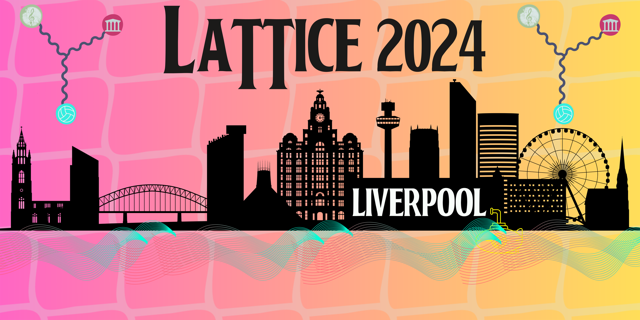
The International Symposium on Lattice Field Theory is an annual conference that attracts scientists from around the world. Originally started as a place for physicists to discuss their recent developments in lattice gauge theory, nowadays the conference is the largest of its type and has grown to include areas like algorithms and machine architectures, chiral symmetry, code development, physics beyond the standard model, quantum computing and strongly interacting phenomena in low-dimensions.
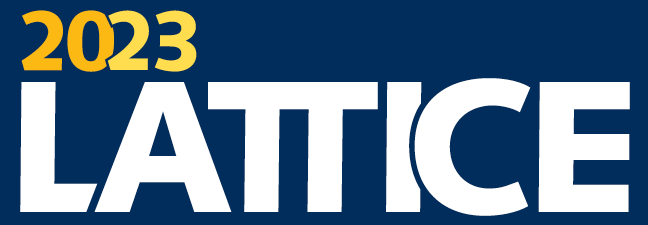
The International Symposium on Lattice Field Theory is an annual conference that attracts scientists from around the world. Originally started as a place for physicists to discuss their recent developments in lattice gauge theory, nowadays the conference is the largest of its type and has grown to include areas like algorithms and machine architectures, code development, chiral symmetry, physics beyond the standard model, and strongly interacting phenomena in low-dimensions.
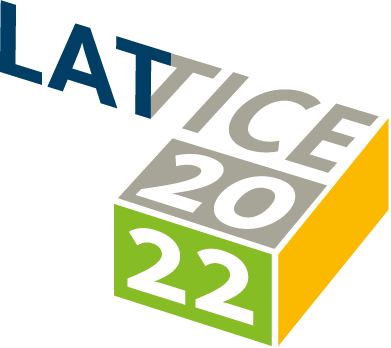
The International Symposium on Lattice Field Theory is an annual conference that attracts scientists from around the world. Originally started as a place for physicists to discuss their recent developments in lattice gauge theory, nowadays the conference is the largest of its type and has grown to include areas like algorithms and machine architectures, code development, chiral symmetry, physics beyond the standard model, and strongly interacting phenomena in low-dimensions.
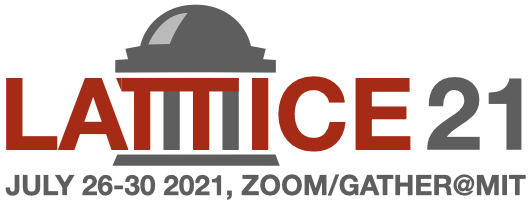
The International Symposium on Lattice Field Theory is an annual conference series that attracts scientists from around the world working on lattice quantum field theory. The conference is the largest in the field and covers topics in
- QCD at nonzero Temperature and Density
- Hadron Spectroscopy and Interactions
- Hadron Structure
- Standard Model Parameters
- QCD in searches for physics beyond the Standard Model
- Particle physics beyond the Standard Model
- Theoretical developments and applications beyond particle physics
- Vacuum Structure, Confinement, and Chiral Symmetry
- Algorithms (including Machine Learning, Quantum Computing, Tensor Networks)
- Software development and Machines
Local Organising Committee
William Detmold (co-chair, MIT)
Phiala Shanahan (co-chair, MIT)
Christopher Aubin (Fordham University)
Martha Constantinou (Temple Univeristy)
George Fleming (Yale University)
Jack Laiho (Syracuse University)
Meifeng Lin (Brookhaven National Lab)
Robert Mawhinney (Columbia University)
Swagato Mukherjee (Brookhaven National Lab)
John Negele (MIT)
Andrew Pochinsky (MIT)
Sergey Syritsyn (Stonybrook University)
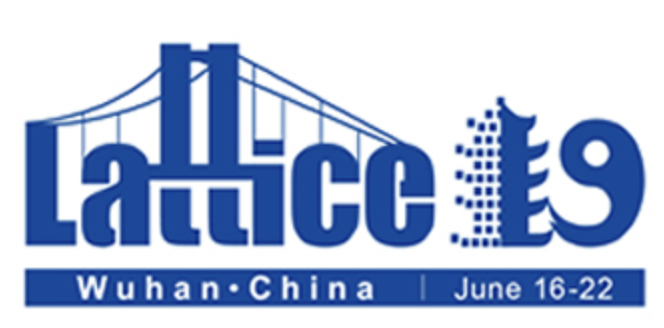
Lattice 2019 is the 37th international conference on lattice field theory. The aim of this conference is to discuss new developments in lattice field theory and its applications in particle physics, nuclear physics and computational physics. Around 400 theoretical (dominated) and experimental physicists from all over the world get together annually to exchange information on the forefront researches in this field and related subjects.
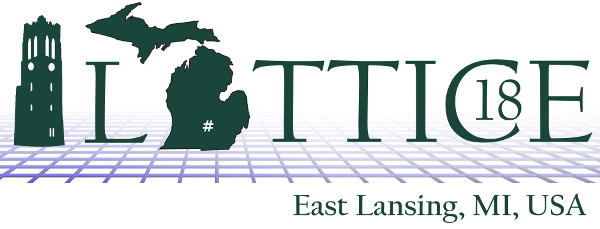
The annual lattice conference is the premier conference for lattice gauge theory. The latest developments and results in lattice gauge theory are reported in this conference, and attendees get to know the state-of-the-art of lattice calculations around the world. New ideas and collaborations are often inspired through presentations and discussions at this annual gathering.
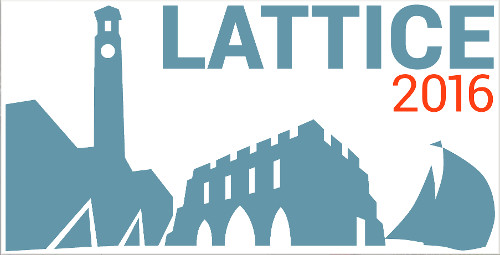
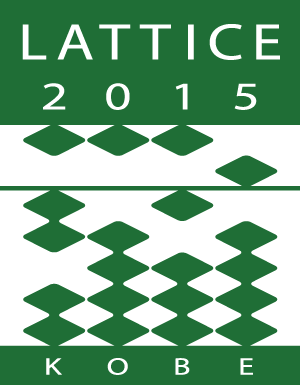
The 33rd International Symposium on Lattice Field Theory (Lattice 2015) was held from July 14 to July 18, 2015 in Kobe Convention Center, Kobe, Japan. The annual lattice conferences in this series are most important for a community of theoretical and computational physics who have common interest in quantum field theories on the lattice. The scientific program contained 18 plenary session talks and 331 parallel session contributions including talks and posters. The conference topics included: algorithms and machines, applications beyond QCD, chiral symmetry, hadron spectroscopy and interactions, hadron structure, nonzero temperature and density, physics beyond the standard model, standard model parameters and renormalization, theoretical developments, vacuum structure and confinement, and weak decays and matrix elements. Over 376 participants attended the conference from 26 countries and regions in the world to exchange ideas and share new developments in the field.
We would like to thank the members of International Advisory Committee for their help in organizing the fruitful scientific program. Many thanks also go to all the speakers for making the conference successful. We also acknowledge financial support from Cray Inc., Fujitsu Limited, Hitachi, Ltd., NVIDIA Corporation, Kobe Convention and Visitors Association, and Tsutomu Nakauchi Foundation.
Local Organizing Committee: Yasumichi Aoki (Nagoya University, Vice-Chair), Shinji Ejiri (Niigata University), Hidenori Fukaya (Osaka University), Ken-Ichi Ishikawa (Hiroshima University), Yoshinobu Kuramashi (University of Tsukuba/RIKEN AICS, Chair), Yoshifumi Nakamura (RIKEN AICS), Yuya Shimizu (RIKEN AICS), Shinji Takeda (Kanazawa University)
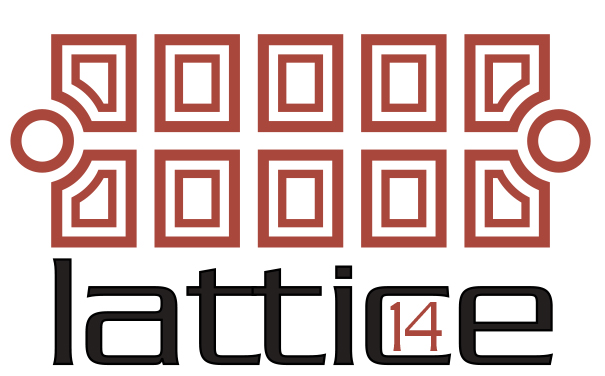
Lattice 2014, the 32nd International Symposium on Lattice Field Theory, was held from June 23-28, 2014 on the campus of Columbia University in the City of New York and jointly organized by Brookhaven National Laboratory and Columbia University. Over 415 participants from around the world were in attendance and the plenary program was streamed out via Livestream. Parallel sessions were held in various academic buildings on campus, including Pupin Hall, the home of the Columbia Physics Department and the location of many seminal events in the history of physics.
These annual lattice conferences bring together a diverse community of theoretical physicists all bound by a common interest in a deeper and more quantitative understanding of quantum field theories and the phenomena they predict. Attendees use the largest available computers, and substantial amounts of time on these machines, to produce predictions from well established theories, like Quantum Chromodynamics, while also regularly improving our basic theoretical and numerical tools for analyzing a wide spectrum of quantum field theories. Predictions from Quantum Chromodynamics are vital for precision tests of the Standard Model of Particle Physics and for understanding the phenomena seen at primarily Quantum Chromodynamics oriented experiments, such as at the Relativistic Heavy Ion Collider at Brookhaven National Laboratory. There is also considerable focus on studying a wide variety of quantum field theories which currently have no direct experimental utility, but which may play a role in physics beyond the Standard Model.
The annual lattice conferences in this series are the most important vehicle for theorists in this field to exchange ideas and stay abreast of the rapid developments worldwide. In addition, nearly one fourth of the attendees were students, for whom the conference offers a detailed overview of the field. The presence of so many younger researchers testifies to the dynamism of the science being studied.
We would like to thank the members of the International Advisory Committee for their help in organizing the scientific program for this conference. We also acknowledge support from Brookhaven National Laboratory, Columbia University, Koi Computer, The RIKEN-BNL Research Center, Brookhaven Science Associates and Lawrence Livermore National Laboratory. Finally, we thank the attendees for making the trip to New York City to share their ideas and results with this international community.
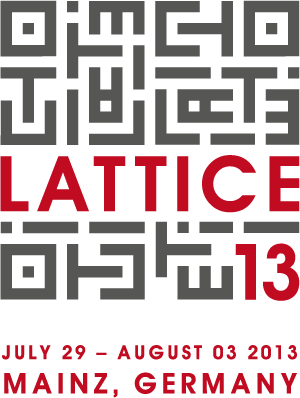
The annual lattice symposium brings together a global community of researchers from theoretical particle physics and beyond, who employ numerical and computational methods to study the properties of strongly interacting physical systems, above all Quantum Chromodynamics (QCD), the theory describing the interactions of quarks and gluons. Topics include studies of the spectrum and structure of hadrons, lattice studies of matter under extreme conditions, hadronic contributions to weak decay amplitudes, as well as recent developments in simulation algorithms and computer hardware. The 2013 conference in Mainz was attended by over 500 participants from all over the globe, making it the biggest in this series so far.
This proceedings volume is dedicated to the memory of Nobel Laureate Kenneth G. Wilson (June 8, 1936 - June 15, 2013).
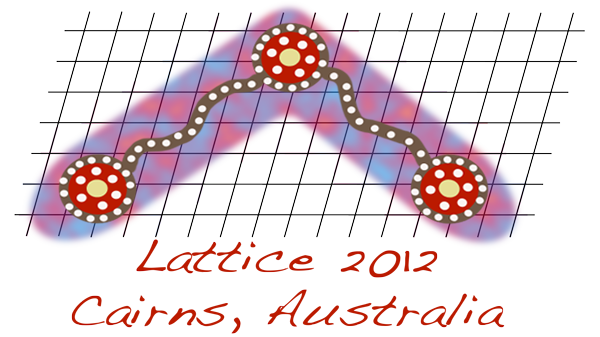
The conference was organised by the Special Research Centre for the Subatomic Structure of Matter (CSSM) in the School of Chemistry & Physics at the University of Adelaide.
More than 285 participants from around the world attended the symposium. The scientific program contained 22 plenary talks and 248 parallel contributions including posters. Most of these are recorded in this proceedings.
For 30 years, the Lattice meeting has provided researchers from around the world with an annual forum at which to disseminate and discuss ideas, developments and opportunities in the study of relativistic quantum fields regulated on a spacetime lattice. It fosters the exchange of ideas, networking, and builds relationships between researchers that are essential in facilitating rapid progress and the creation of new knowledge.
The program included plenary talks, parallel talks and poster presentations on Algorithms and machines, Applications beyond QCD, Chiral symmetry, Hadron spectroscopy and interactions, Hadron structure, Nonzero temperature and density, Standard model parameters and renormalization, Theoretical developments, Vacuum structure and confinement and Weak decays and matrix elements.
The International Advisory Committee provided excellent guidance in planning the scientific program of the conference and we thank the Committee for their important contributions. Thanks also to our presenters for the time and effort they put into preparing their talks and their proceedings.
Many thanks to our Conference Secretariat, Sharon Johnson, Silvana Santucci, Jeanette Roulston and Ramona Adorjan, who made our conference run perfectly. The contributions of Ben Menadue and Ben Owen in crafting this year's web presence and establishing our on-line payment and conference management interface to RegOnline are most gratefully received. Thanks to James Zanotti for his enormous efforts in organising the conference program and to Hrayr Matevosyan for his creation of the Lattice 2012 Conference logo.
Financial support for Lattice 2012 is gratefully acknowledged. Our
sponsors include the ARC Centre of Excellence for Particle Physics at
the Terascale (CoEPP)
Finally, we thank the conference delegates who made the long journey to Australia and made the conference a resounding success.
Editorial Board
Waseem Kamleh, Derek Leinweber (chair), Selim Mahbub, Hrayr Matevosyan, Anthony Thomas, Anthony Williams, Ross Young, James Zanotti
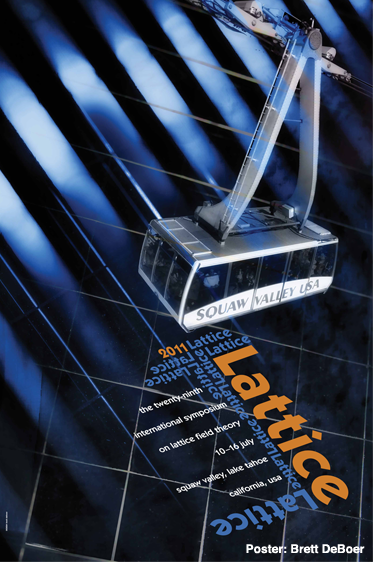
For nearly 30 years, the LATTICE meeting has provided researchers from around the world with an annual forum at which to discuss a wide variety of aspects generally concerning the study of relativistic quantum fields regulated on a spacetime lattice. While very important to the theoretical understanding of quantum fields in its own right, the lattice formulation also makes possible the study of gauged and other quantum field theories by computers. Thus computational simulations of quantum field theories (QFT) provides a rich arena for the advancement of theoretical physics.
The mission of the LATTICE meeting is:
- To provide an annual forum for the dissemination of the latest results from QFT researchers around the world.
- To foster the exchange of ideas, networking, and build relationships between researchers in the field of lattice QFT.
- To encourage new research projects in QFT.
- To make researchers aware of new tools, developments, and opportunities in the field.
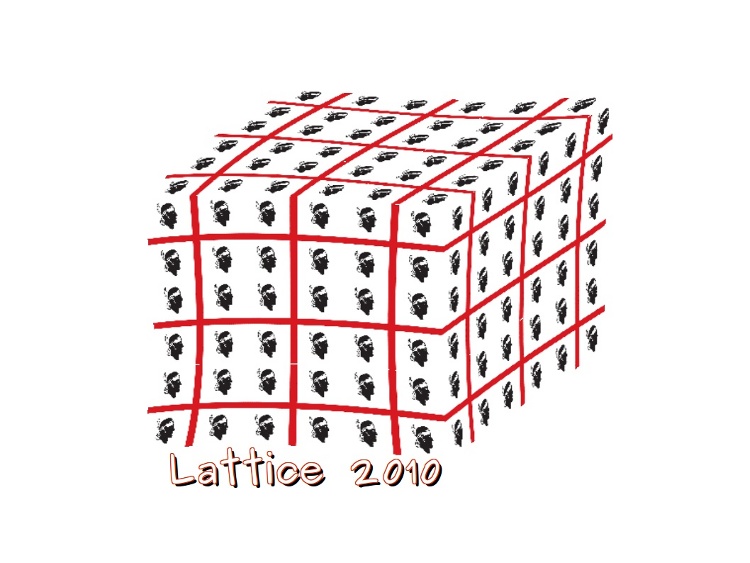
Lattice 2010, the XXVIII International Symposium on Lattice Field Theory, was held from June 14-19, 2010 at the ATAHOTEL Tanka Village Resort, Villasimius, Sardinia, Italy.
The scientific programme contained 21 plenary session talks and over 300 parallel session contributions (talks and posters). The conference topics included: algorithms and machines, applications beyond QCD, chiral symmetry, hadron spectroscopy, hadronic structure and interactions, nonzero temperature and density, standard-model parameters and renormalization, theoretical developments, vacuum structure and confinement, weak decays and matrix elements.
We would like to thank the members of International Advisory Committee for their help in planning the scientific programme. Thanks also go to all the speakers and delegates who helped to make the conference a big success. We acknowledge financial support from ICTP, INFN, the European Physical Journal, the European Community-Research Infrastructure Activity ``Hadron Physics 2", and the University of Rome ``Tor Vergata".
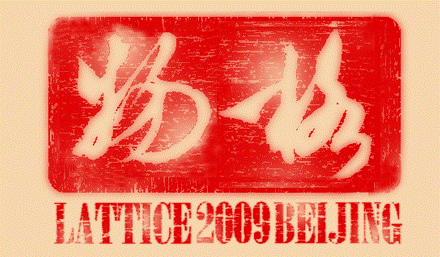
Lattice 2009, the XXVII International Symposium on Lattice Field Theory, was held from July 26-31, 2009 at the Lakeview Hotel, Beijing, China, hosted by Institute of Theoretical Physics, Center for High Energy Physics of Peking University.
The scientific program contained 20 plenary session talks and 245 parallel session contributions (talks and posters). The conference topics included: algorithms and machines, applications beyond QCD, chiral symmetry, hadron spectroscopy, hadron structure, nonzero temperature and density, standard-model parameters and renormalization, theoretical developments, vacuum structure and confinement, weak decays and matrix elements.
We would like to thank the members of International Advisory Committee for their help in planning the scientific programme. Thanks also go to all the speakers and delegates who helped to make the conference a great success.
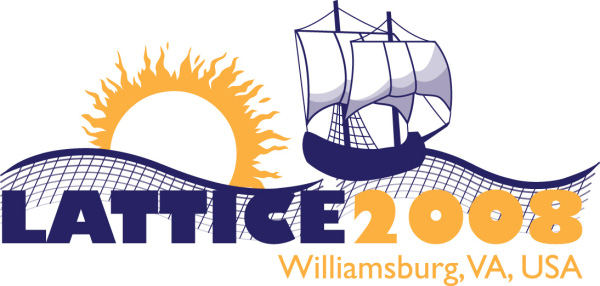
The Lattice 2008 conference will take place from July 14 to July 19 at the College of William and Mary, Williamsburg, Virginia, USA.
Topics covered include: Algorithms and machines, Applications beyond QCD, Chiral symmetry, Hadron spectroscopy, Hadron structure, Nonzero temperature and density, Standard model parameters and renormalization, Theoretical developments, Vacuum structure and confinement,and Weak decays and matrix elements.
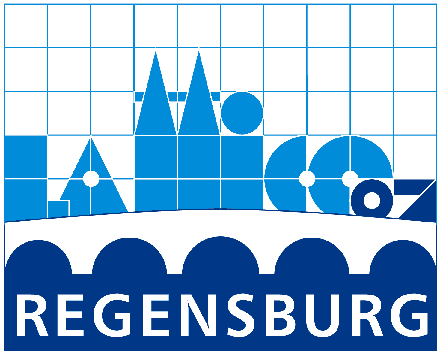
Lattice 2007, the XXV International Symposium on Lattice Field Theory, was held from July 30 to August 4, 2007 at the University of Regensburg, Germany. The scientific program contained 24 plenary session talks and 338 parallel session contributions (talks and posters).
The conference topics included: algorithms and machines; applications beyond QCD; chiral symmetry; hadron spectroscopy; hadron structure; nonzero temperature and density; standard model parameters and renormalization; theoretical developments; vacuum structure and confinement; weak decays and matrix elements.
We gratefully acknowledge financial support by the following companies and institutions, which was essential for the success of the conference: Bull, Eurotech, IBM, Intel, Sun, DESY, GSI, FZ Jülich, Vielberth Foundation, Kneitinger.
Editorial Board:
Gunnar Bali, Vladimir Braun, Christof Gattringer (chairman), Meinulf Göckeler, Andreas Schäfer, Peter Weisz, Tilo Wettig

Lattice 2006, the XXIV International Symposium on Lattice Field Theory, was held from July 23-28, 2006 at the Starr Pass Hotel near Tucson, Arizona, USA, hosted by the University of Arizona Physics Department. The scientific program contained 25 plenary session talks and 193 parallel session contributions (talks and posters).
Topics in lattice QCD included: hadron spectroscopy; hadronic interactions and structure; algorithms, machines, and networks; chiral symmetry; QCD confinement and topology; quark masses, gauge couplings, and renormalization; electroweak decays and mixing; high temperature and density; and theoretical developments.
Topics beyond QCD included large Nc, Higgs, SUSY, gravity, and strings.
Editorial Board
Tom Blum, Michael Creutz, Carleton DeTar, Frithjof Karsch, Andreas
Kronfeld, Colin Morningstar (chairman), David
Richards, Junko Shigemitsu, Doug Toussaint
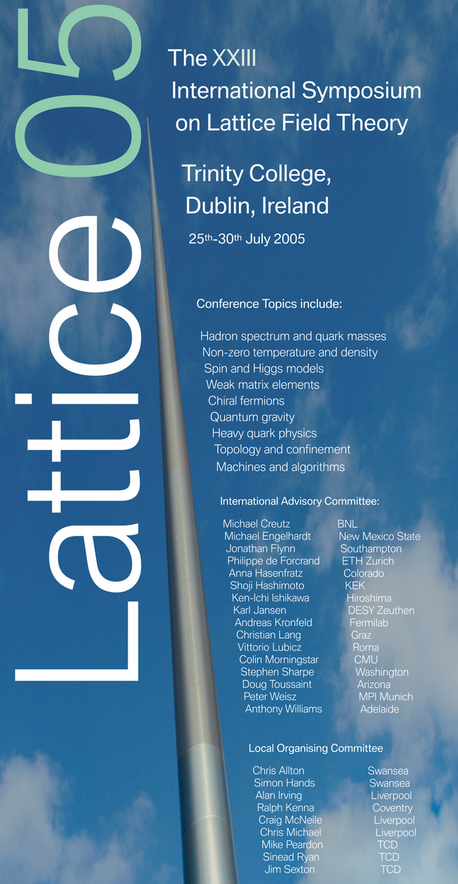
More than 410 participants from many countries attended the symposium. The scientific programme contained 22 plenary talks and 343 parallel contributions (including posters). Most of these are recorded in this proceedings. There was also a plenary talk about the life of Hamilton by Dr Luke Drury and a session about the International Lattice Data Grid.
On behalf of the organising committee, the editors (Alan Irving, Craig McNeile and Chris Michael) would like to acknowledge the following:
We would like to thank the members of the International Advisory Committee for their help and guidance in planning the scientific programme of the conference. Many thanks also to all the speakers for the time and effort they put into preparing their talks.
We are grateful to our sponsors Hewlett Packard, IBM, SGI, Aer Lingus, Failte Ireland, Trinity College Dublin, the Hamilton Mathematics Institute TCD and the Institute of Physics for their financial support.
Nicola Boutall and Audrey Crosbie provided invaluable administrative help and support from their free time. Paulene McKeever and Niav Miller staffed the registration desk and processed the conference registration and accommodation. We are indebted to the system adminstrators in the School of Mathematics who worked hard (and late) to provide network support for the conference.
Finally, thanks to all the conference delegates who travelled to Dublin and helped to make the week a resounding success.
Organizing committee
Allton Chris, Hands Simon, Irving Alan, Kenna Ralph, McNeile Craig, Michael Chris (chairman), Peardon Mike, Ryan Sinead, Sexton Jim
